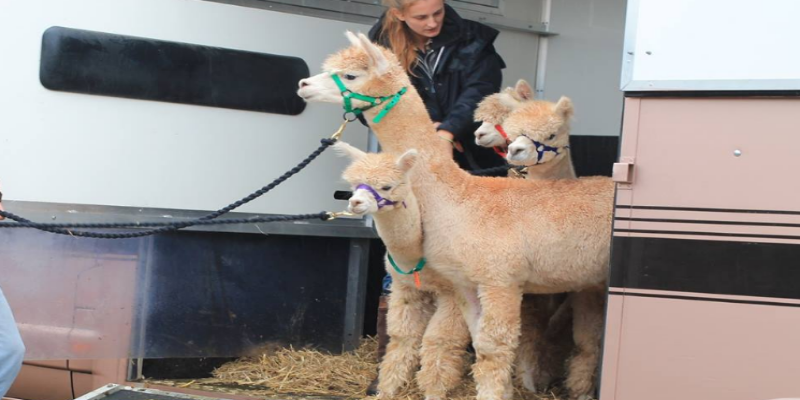Safely Transporting Alpacas

The History Of Alpaca Farming
November 26, 2017
How To Care For Alpaca?
March 26, 2018
Transporting the Alpacas depends on the owner, but irrespective of the mode and means of transport opted by the alpaca rancher, safety, and comfort of the animals is critical. The transporters should follow all the precautions while transporting these animals. Especially, handlers should adhere to all the fire safety rules as the alpacas are furry animals. If you are unaware of them, you should take help of the fire safety consultants. If you are looking at tips on transporting Alpacas, refer www.bonnydoonalpacas.org/transport.html to know more.
These animals are a delight to transport as they are very cooperative, that makes the owners dump them in open trailers, trucks with crates, etc. which are not fit for them. These animals should not be transported in open vehicles as they quickly catch the chill and become hypothermic which can result in their death, They should ideally be carried in a closed truck which is made for transporting Alpacas. Certain precautions like ensuring the gap between the ramp that is used to load the animal and the trailer base is covered. The chances of the Alpaca slipping in between the space and breaking its legs is high if there is space and hence it should be covered so that the Alpaca does not slip through.
Ways to transport Alpacas
1. Back of vans: These animals can be transported in vans, but they will have to be lifted manually to put them inside. The adults are quite heavy, and they may struggle when lifted and hence quite difficult to be physically raised. Moreover, alpacas can learn to jump, and if they are used to traveling in such vehicles, they can quickly jump into the van, but the floor should not be slippery. This mode of transport is suited for ranchers who are not adept at driving trailers. The drawback of this type of carrier is that the van can get smelly if the travel distance is more as the Alpacas will defecate and thus will be a bad driving experience.
2. Open stock trailers: Some ranchers use open stock trailers for short distance travel to transport their herds. They usually cover the top, sides and the front with a temporary covering, but the top should be covered well enough so that the animal does not jump through. The covering should be of a material which protects them from the chill and is tightly held so that it does not flap and frighten the animal. The drawback of this means of transport is that they will have to be lifted to put them inside the trailer.
3. Horse trailer: Another option to transport Alpacas is the horse trailer. Though these are made for a much bigger animal, you can fit in about two alpacas in one compartment. But the drawback is that the front and the rear barriers are not enough to confine them and hence they can jump.
4. Trailer designed for Alpacas: This is considered the best option for transporting Alpacas These trailers are available in the market and can cost a little more than the custom trailer. You can also opt for second-hand containers, and they are available for some good deals.
Read Also : The History Of Alpaca
